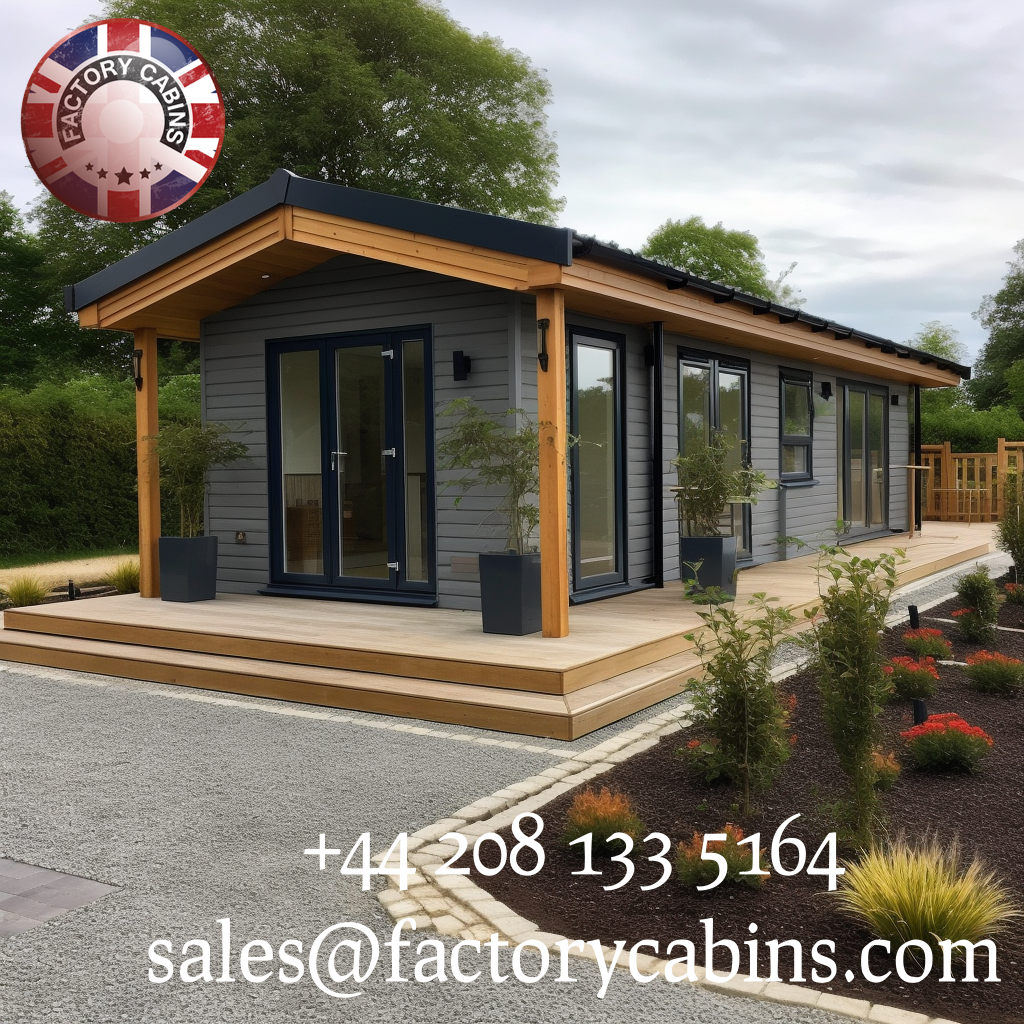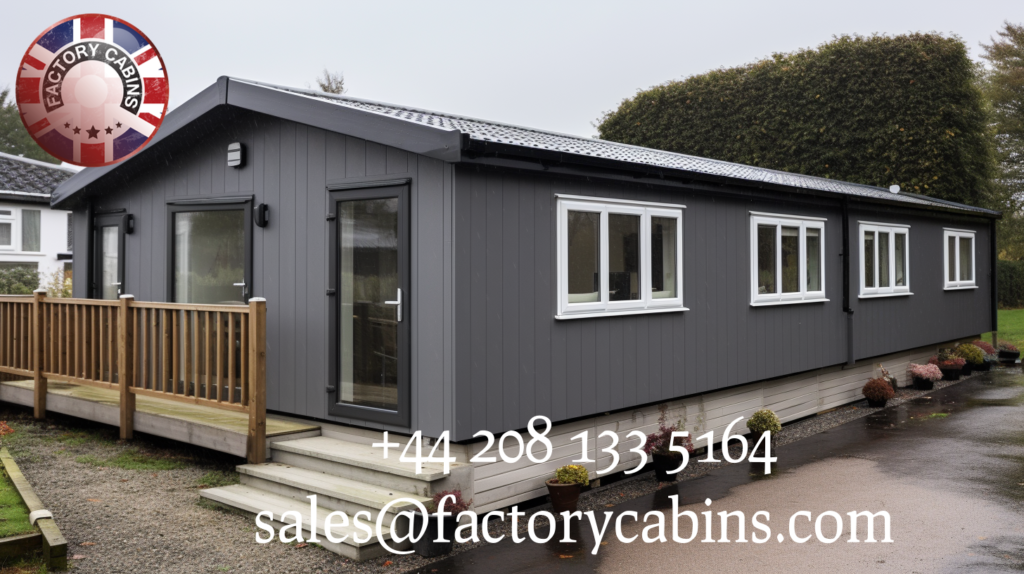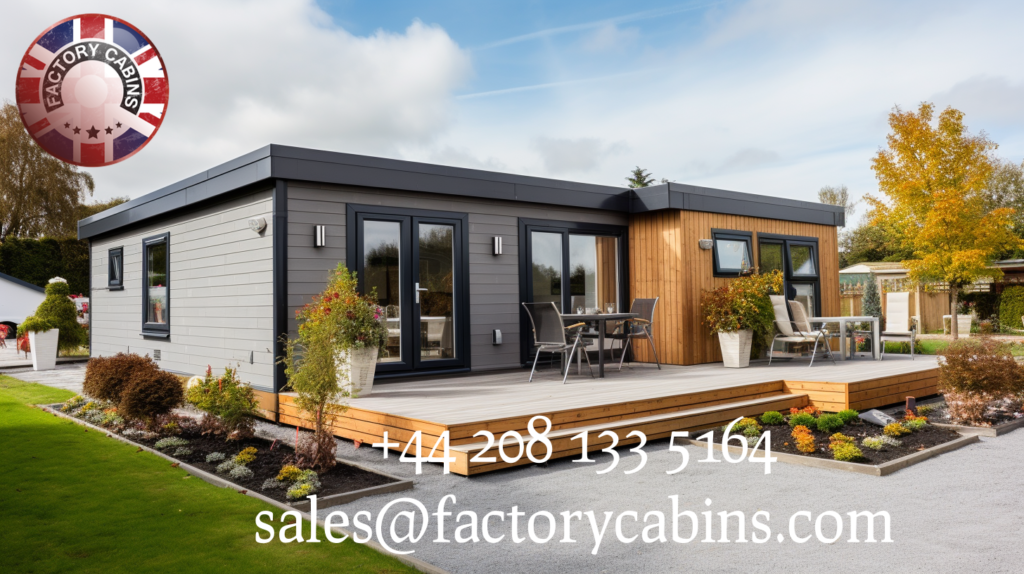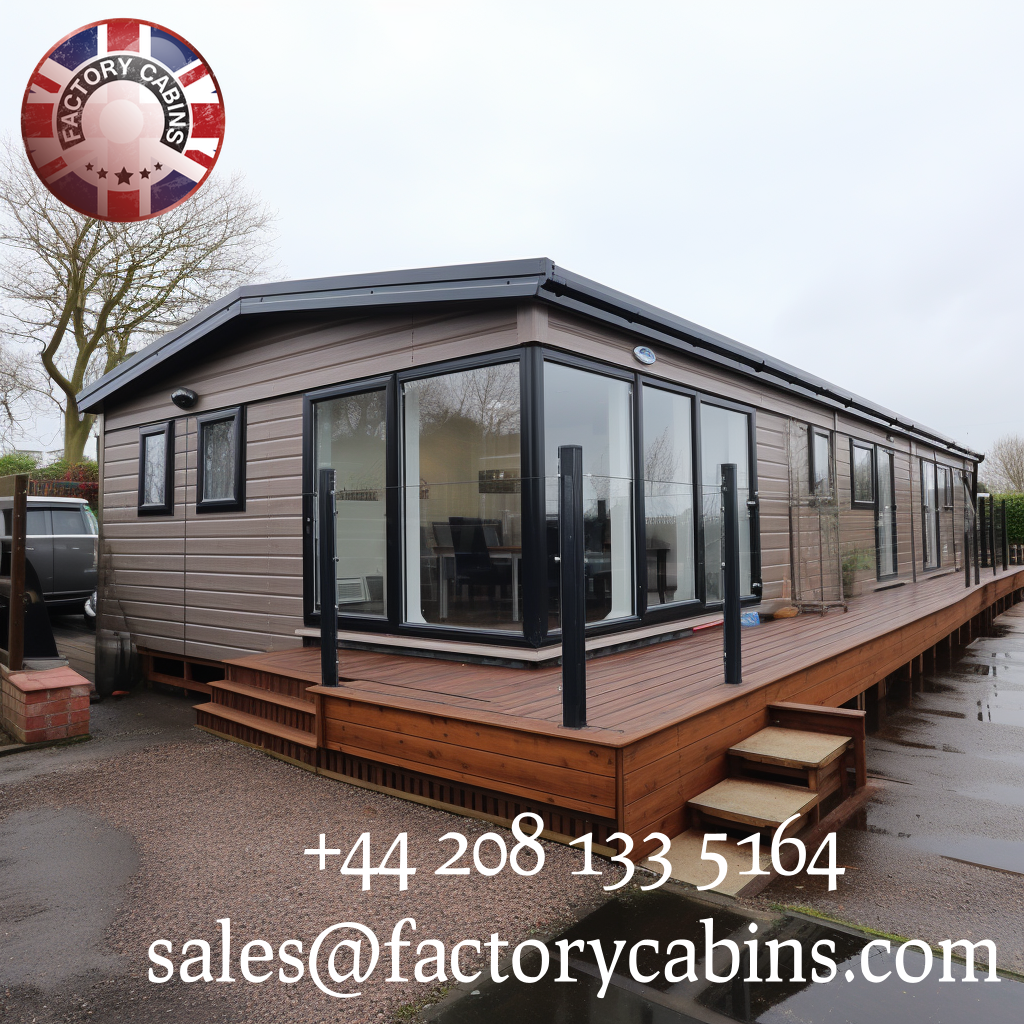The Number One is Net Zero Housing Factory Cabins
What are the main advantages of timber frame homes? This article will assist you in deciding whether or not to build a timber frame, highly insulated timber frame wooden house. The unrivalled advantage is energy performance, healthier living standards, cost, and build time to name a few.
Timber frame building stands out in the construction world as a spectacular and versatile approach that provides numerous advantages for both residential and commercial projects. We are proud to use this remarkable construction process, which has received recognition for its sustainability, durability, and cost-effectiveness.

Timber Frames and Sustainable Building Practises
Timber frame construction is at the forefront of environmentally friendly building practises. Timber frame construction, as opposed to traditional construction methods that rely largely on energy-intensive materials such as steel and concrete, uses wood, a renewable and environmentally benign resource. Here’s how timber frames help with sustainability:

- Lower Carbon Footprint
Timber is a natural carbon store, which means it absorbs carbon dioxide from the atmosphere as it grows. When timber is used in construction, this carbon is stored, lowering a building project’s overall carbon impact. Steel and concrete manufacture, on the other hand, emit considerable volumes of CO2. - Energy Conservation
Timber frame structures are well-known for their superior insulating properties. The insulation within the timber frame forms a thermal barrier, minimising heat loss in the winter and keeping the interior cool in the summer. Lower energy use for heating and cooling results in lower energy bills and a smaller environmental effect. - Reduced Waste
When compared to traditional methods, timber frame construction produces less waste. Precise measurements and pre-cut components reduce onsite waste to a minimum. Offcuts and waste wood can be recycled or repurposed, adding to the sustainability of construction practises.

Longevity of Timber Frames
The durability of timber frame buildings is one of their most notable characteristics. Timber may last for decades if properly handled and maintained. Here are some of the reasons why timber frame structures are built to last:
- Inherent Resistance
Timber is naturally resistant to pests and decay, especially when properly preserved. This natural resistance preserves the frame’s strength and structural integrity for many years. - Structural Stability
Timber frame construction are built to endure a variety of environmental factors, such as earthquakes and large snow loads. The interlocking beams and posts ensure the building’s safety and lifespan by providing remarkable structural stability. - Easy to Maintain
Timber frame structures require little upkeep over their lifetime. Regular inspections and small repairs are usually sufficient to keep the structure in good shape. This translates to long-term cost reductions.
Timber Frame Construction Cost-Effectiveness
Aside from being environmentally friendly and long-lasting, timber frame building also saves money.
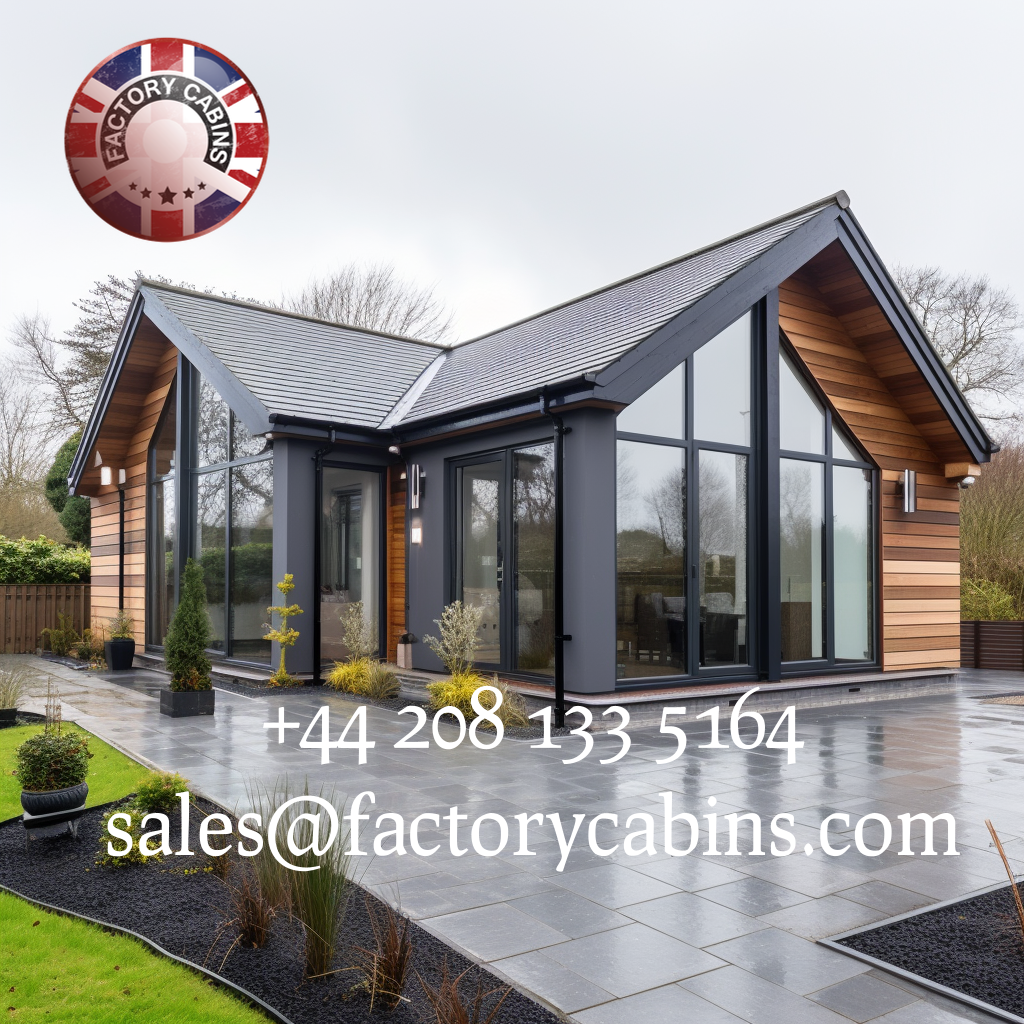
- Construction Speed
Timber frame construction can be built rapidly, lowering labour costs and accelerating project completion. This efficiency is critical when it comes to achieving tight deadlines and budget limits. - Design Versatility
Timber frames provide for a wide range of architectural ideas. The open floor layouts and large spaces they provide allow architects and designers to create unique and aesthetically beautiful structures. - Long-Term Investments
Timber frame construction offers significant long-term savings for property owners due to lower energy expenses, minimum maintenance, and a longer lifespan. - To summarise, timber frame construction is a sustainable, long-lasting, and cost-effective approach that excels in many areas of construction. Its eco-friendliness, structural strength, and financial benefits make it an excellent choice for modern construction projects. [Your Company Name] is dedicated to providing high-quality timber frame constructions that not only meet but surpass your expectations. Contact us today to begin your journey towards sustainable and long-lasting construction.
Please call us on +44 208 133 5164, or email us on sales@factorycabins.com
